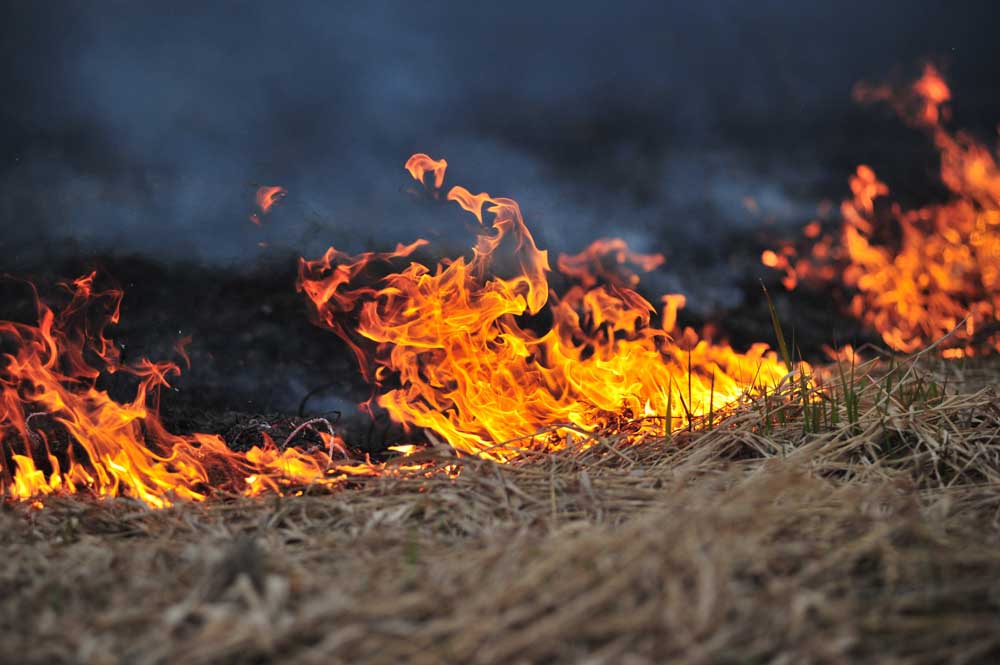The hyrax looks like a rodent, croons like a bird
Published 5:00 am Wednesday, April 25, 2012
First things first: The hyrax is not the Lorax. And it does not speak for the trees. It sings, on its own behalf.
The hyrax is a bit Seussian, however. It looks something like a rabbit, something like a woodchuck. Its closest living relatives are elephants, manatees and dugongs. And male rock hyraxes have complex songs like those of birds, in the sense that males will go on for five or 10 minutes at a stretch, apparently advertising themselves.
One might have expected that the hyrax would have some unusual qualities — the animals’ feet, if you know how to look at them, resemble elephants’ toes, the experts say. And their visible front teeth are actually very small tusks. But Arik Kershenbaum and colleagues at the University of Haifa and Tel Aviv University have found something more surprising.
Hyraxes’ songs have something rarely found in mammals: syntax that varies according to where the hyraxes live, geographical dialects in how they put their songs together. The research was published online April 18 in The Proceedings of the Royal Society B.
Bird songs show syntax, this ordering of song components in different ways, but very few mammals make such orderly, arranged sounds. Whales, bats and some primates show syntax in their vocalizations, but nobody really expected such sophistication from the hyrax, and it was thought that the selection of sounds in the songs were relatively random.
Hyraxes are common in Africa and the Middle East, and there are quite a lot of them where Kershenbaum lives. He kept hearing their songs and thinking, “I simply don’t believe that these complex songs can be totally random.”
So he and his colleagues recorded hyraxes around Israel and analyzed the makeup of the songs using mathematical techniques drawn from genetic analysis. They found a complex syntax that did vary. They suspect that the dialects may be carried by males when they leave their home territory as they mature, and that changes in dialect come as other hyraxes copy the songs imperfectly or improvise.
Their songs are not like those of birds, as you might imagine by the way scientists have broken down the notes, or syllables, of hyrax arias. The five kinds of sounds are the “wail,’ ‘chuck,’ ‘snort,’ ‘squeak’ and ‘tweet.’ ”
Syntax, Kershenbaum said, is one of the building blocks of language. Not that he or anyone else is saying that the hyraxes are talking to one another, or to us, or have anything like language.
The songs, he says, probably don’t carry any information in their arrangement of sounds, although the males may make them longer and more complicated to attract females, showing off their songs the way other animals might show off elaborate plumage or large antlers.
Even so, finding such complex vocal arrangements outside of whales, bats and primates is significant, and may suggest that syntax is present in other mammals as well.








